Alphabet Recognition Normal Alphabet Coloring Pages Worksheets for Ages 3-8
10 filtered results
-
From - To
Explore our vibrant collection of Alphabet Recognition Coloring Pages, thoughtfully designed for children aged 3-8. These printable worksheets make learning the alphabet an exciting adventure. Each page features a letter paired with engaging illustrations that young learners can color, enhancing their recognition skills through creativity and fun. Our versatile resources cater to various skill levels, ensuring kids enjoy a colorful start to their literacy journey. Perfect for both classroom settings and home learning, these worksheets support early childhood education by combining the joy of coloring with foundational alphabet practice. Spark a love for letters today with our delightful alphabet coloring pages!
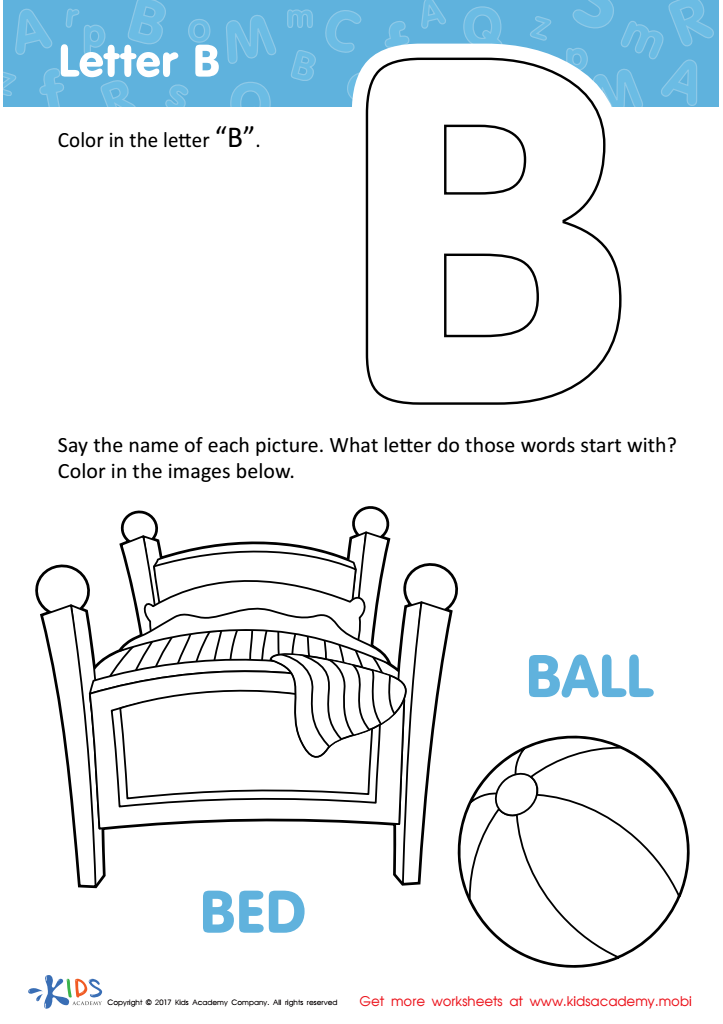

Letter B Coloring Sheet
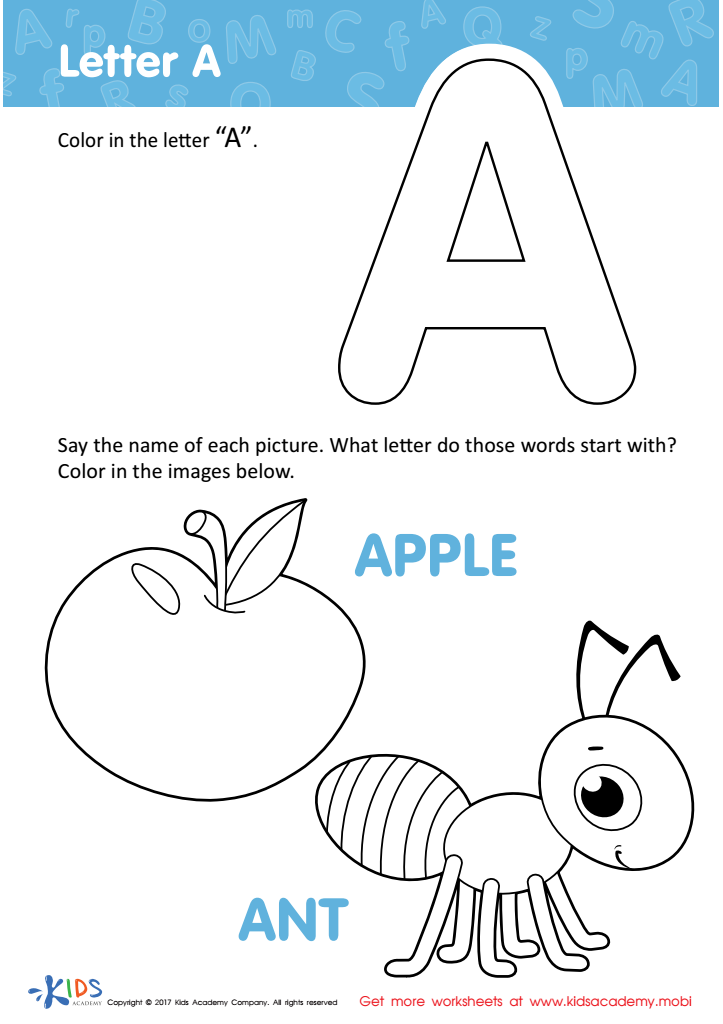

Letter A Coloring Sheet


Letter M Coloring Sheet
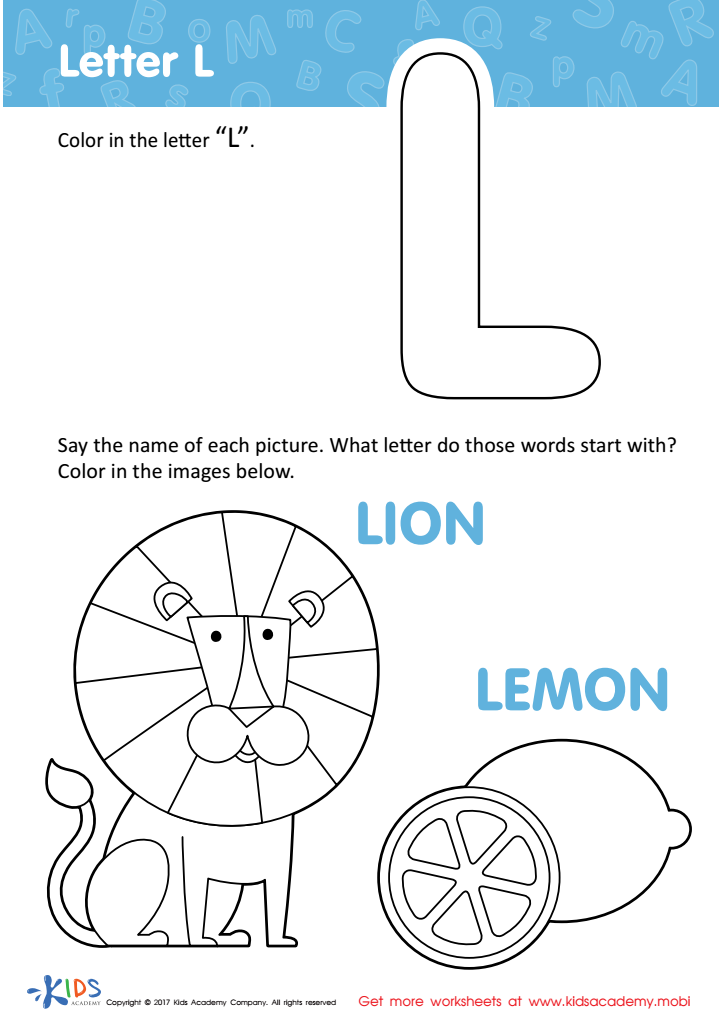

Letter L Coloring Sheet
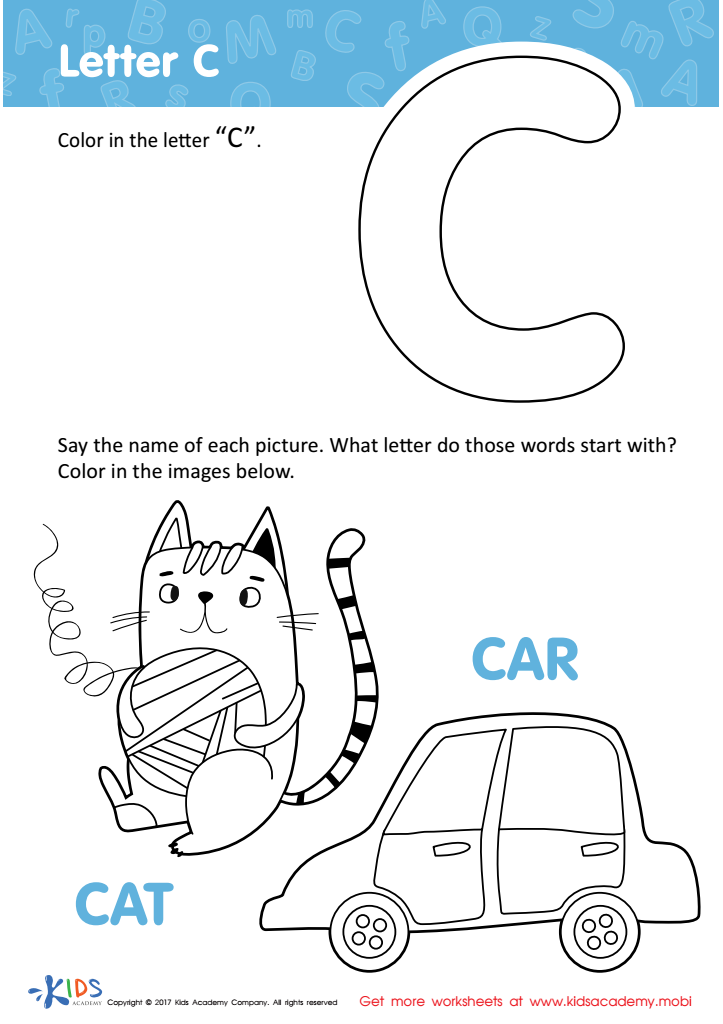

Letter C Coloring Sheet


Letter D Coloring Sheet
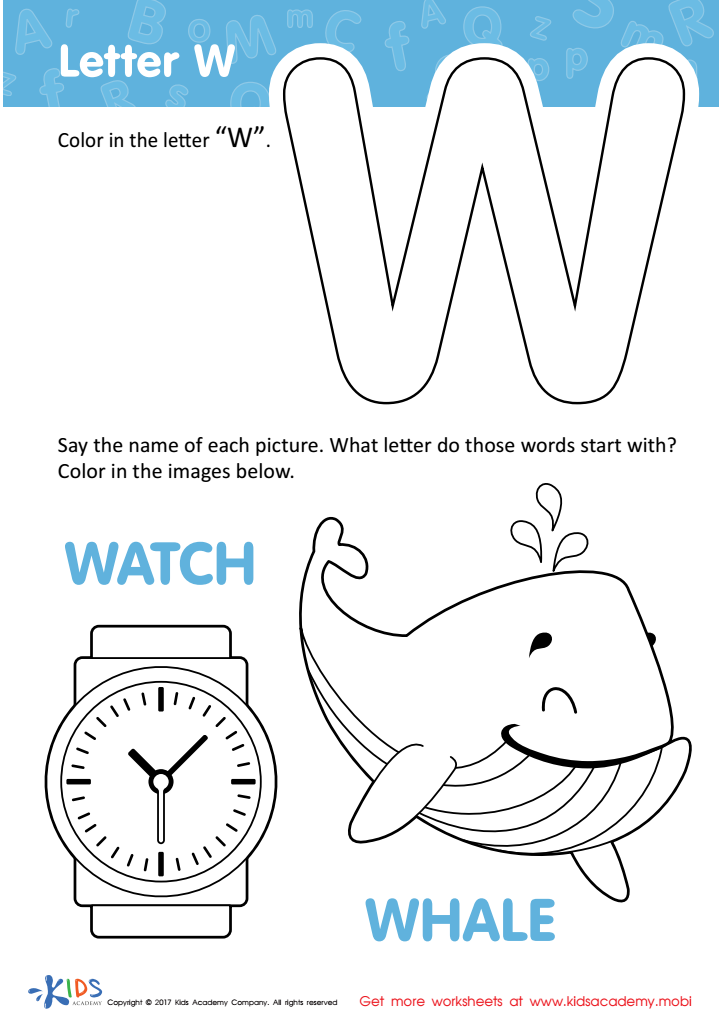

Letter W Coloring Sheet
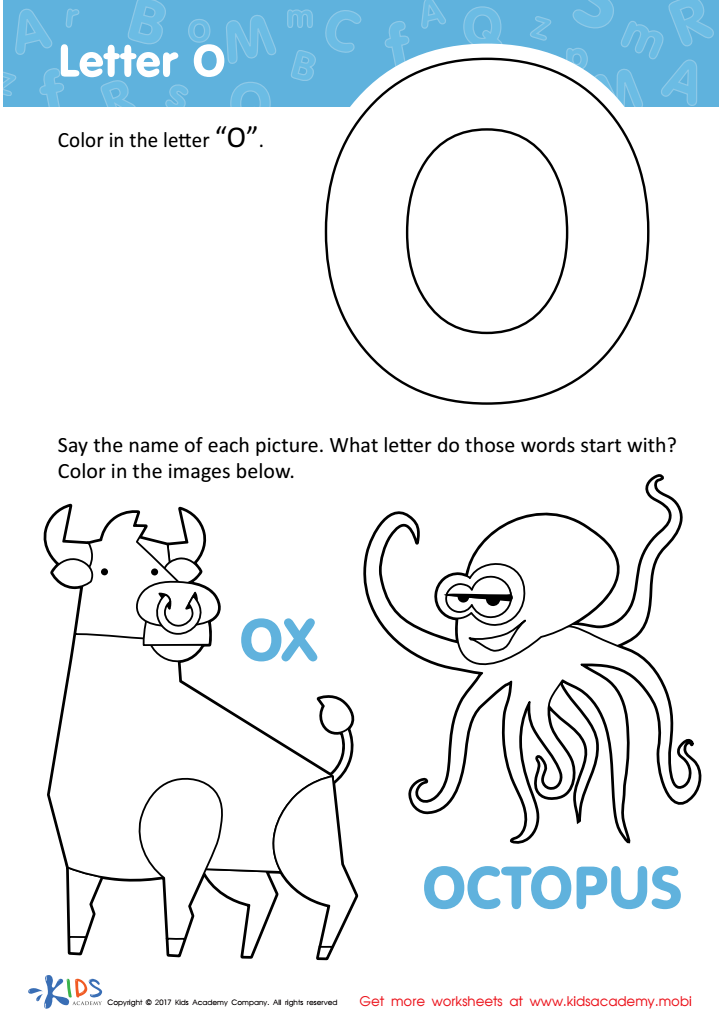

Letter O Coloring Sheet


Letter H Coloring Sheet
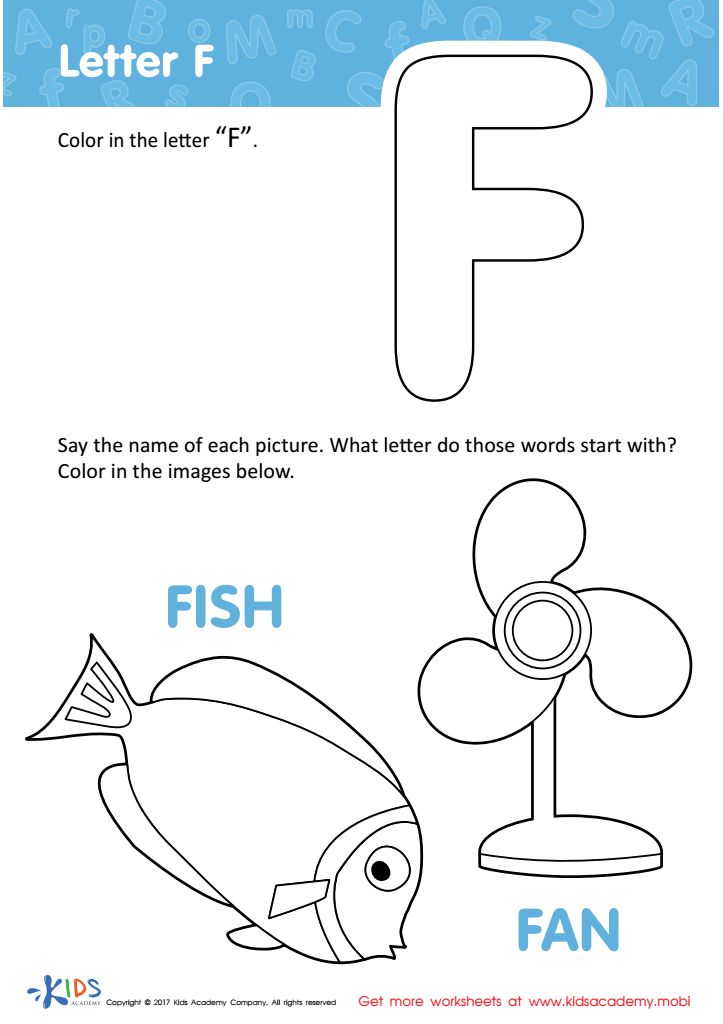

Letter F Coloring Sheet
Alphabet recognition is a critical foundation for early literacy, and Alphabet Coloring Pages offer a uniquely engaging tool for children ages 3-8. These activities seamlessly blend learning with fun, helping to capture children's interest and make the educational process enjoyable. By coloring each letter, kids develop fine motor skills, hand-eye coordination, and an understanding of letter shapes, which are all essential for writing.
Additionally, alphabet coloring pages are more than just a pastime; they function as a visual and interactive method to reinforce letter recognition. Repetition through coloring helps solidify the association between the visual form of the letter and its verbal sound. This is particularly beneficial for young learners, who often thrive on tactile and visual stimuli.
For parents and teachers, these coloring pages provide an accessible resource to support learning at home or in the classroom. They serve as an easy-to-implement activity that requires minimal preparation but yields significant educational benefits. Moreover, working on these pages together can foster a nurturing environment, promoting bonding and positive reinforcement.
Ultimately, alphabet coloring pages are a disguised form of learning that ensures children are productively engaged, preventing potential frustration associated with more traditional learning methods. This approach aligns well with early childhood educational frameworks that prioritize play-based and interactive learning strategies.
 Assign to My Students
Assign to My Students











